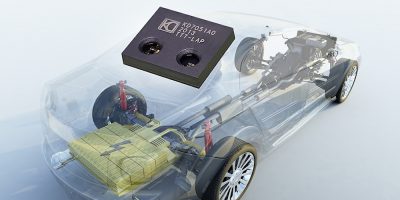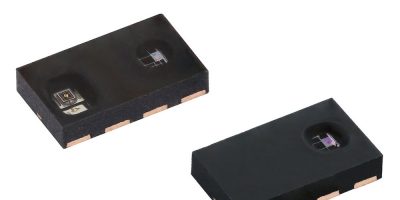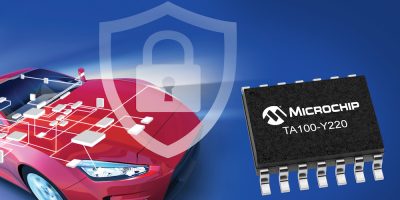Believed to be the first device for optical in-vehicle connectivity incorporating a transceiver IC, optoelectronics and optics, the KD7051 is an integrated fibre optic transceiver (FOT) from KDPOF.
The integrated FOT is a 100Mbit per second optical port in one single component. “By constructing the ASIC IC, photodiode and LED as one single device, we significantly reduce cost and footprint for automotive Ethernet connectivity at 100 Mbits per second,” said Carlos Pardo, CEO and co-founder of KDPOF. “The decreased number of parts also reduces the effort in testing and qualification,” he added.
The KD7051 reduces cost, compared to shielded twisted pair (STP) of copper wires, said KDPOF. There are no margin stacking between links in the supply chain and supply chain simplification, which offers competitive pricing for EMC critical or galvanic isolated critical links, says KDPOF. Applications include battery management systems, camera and sensor links, fast Ethernet links and smart antenna links.
KDPOF’s KD7051 transceiver IC offers a complete FOT design, which reuses low cost MEMs encapsulation and allows SMD reflow assembly with 8.0 by 7.0mm LGA components. The FOT is shielded against electromagnetic radiation. Fibre connection is via a simple plastic connector placed on top. The temperature range, from -40 to +105 degrees C, conforms with harsh automotive environmental requirements. It has a vibration class of V2 and withstands motor conditions. According to KDPOF, the device endures water without sealing. Shielding is integrated into the PCB component to strengthen EMC performance even with the ECU shield case removed. The first prototypes are available now.
The plastic optical fibre has a large diameter, making it more cost-effective to manufacture and install. During car assembly, the optical harness can be installed in the same process as the copper harness to ease installation.
Fabless semiconductor supplier KDPOF provides innovative high speed optical networking for harsh environments. It makes Gbit communications over fibre optics a reality, and supplies 1Gbit per second POF links for automotive, industrial, and home networks.
The company was founded in 2010 in Madrid, Spain, and offers a cost-effective technology as either ASSP or IP to be integrated in SoCs. The adaptive system works with a range of optoelectronics and low cost large core optical fibres, for a low risk, low cost, reduced time to market for vehicle manufacturers.







